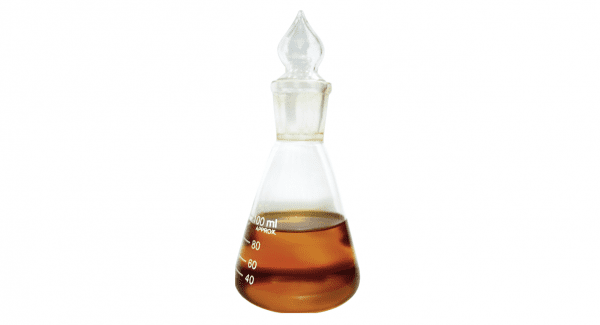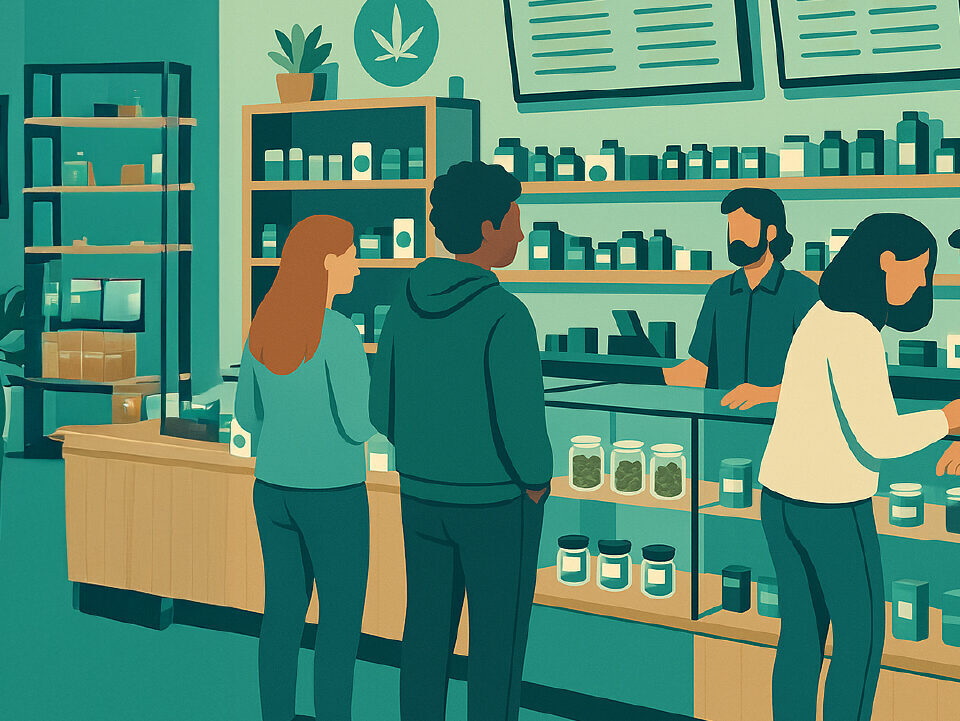In An Oversaturated Market, Growers Are Turning From Flower To Oil

New Frontier Data Downgrades CA Cannabis Sales Projections by $2 Billion
May 22, 2018
Colorado Flower Sales Exceed 1.1 Million Pounds Since Market’s Launch
May 27, 2018By J.J. McCoy, Senior Managing Editor for New Frontier Data
To wait out the cannabis market’s oversupply and diminished prices for flower, some cultivators are treading oil to survive. Operators are increasingly turning to oil extraction to give a lift to their bottom lines.
Alongside surging interest in oil-based products, the Oregon Office of Economic Analysis reports that average retail pricing for a gram of cannabis has dropped 50% from 2015, from $14 to $7. Meanwhile, flower sales have fallen steeply, as demand for non-flower products has grown quickly, approaching 50% of all sales within three years in adult use markets.Demand for extract products in particular – concentrates, edibles, pills, etc. –is creating a bifurcation in the market for plants that will be used for retail flower sales, and plants that will be processed for oils and extracts.
Don Morse is keenly aware of the dynamic. The managing partner of Otter 8 consultancy company and director of the Oregon Cannabis Business Council trade association is also active with the Western Regional Cannabis Business Alliance (a nine-state trade association), and as a former dispensary owner, he understands red ink on a balance sheet.
“They are doing it out of necessity,” he says. “They grew for flower but can’t sell that. The [Oregon Liquor Control Commission] knows exactly what they have got, and they need to do something with it while it’s degrading day by day. Oil can keep for a couple of years. So, to preserve their assets, they are turning it into oil. Then the question is, can they sell it or not – for vape pens, edibles, lotions, etc. But it will keep while the market works itself out.”
Due to federal prohibition of cannabis, it cannot be legally transported across state lines, so whatever is harvested in a state with legalized cannabis, must be sold, used, or destroyed there.
“The odds are you are not making as much selling extracts as you would flower,” Morse explained, since “it takes 10x the plant material or weight out of it in converting from flowers to extracts. But it allows people to preserve the product that they invested in, and grew, are storing, and are poised to sell. I don’t think that they will make as much off the oil as the flower. But we do see grows setting up strictly for oil, and processing the leaves, the buds, everything.”
Nevertheless, Morse is prepared to wait out the flavor of the day. “I think we will see some big changes after the midterms, and even bigger changes after 2020, to open up the market.” Until then, it’s survival. Right now, we have severe overproduction, and there is a shakeout going on. I think as soon as the market for flower rebounds, they will switch back.”

J.J. McCoy
J.J. McCoy is Senior Managing Editor for New Frontier Data. A former staff writer for The Washington Post, he is a career journalist having covered emerging technologies among industries including aviation, satellites, transportation, law enforcement, the Smart Grid and professional sports. He has reported from the White House, the U.S. Senate, three continents and counting.




